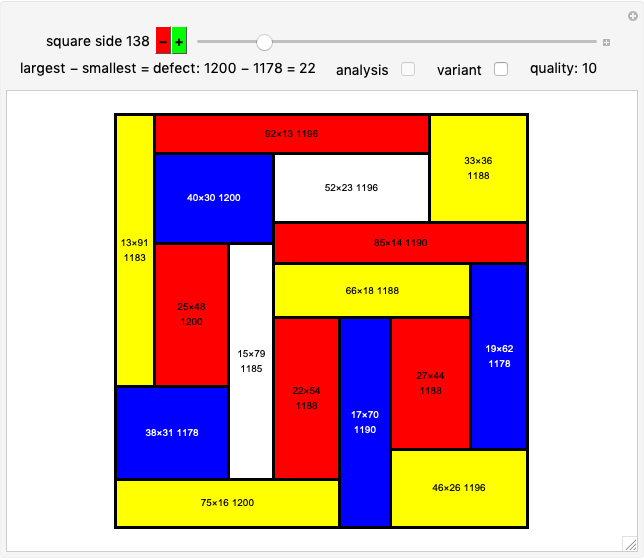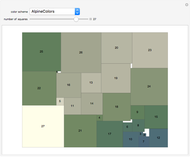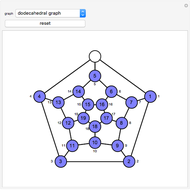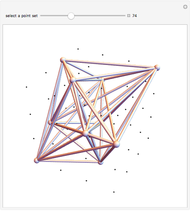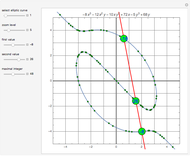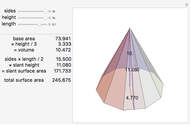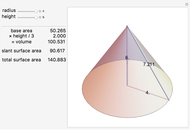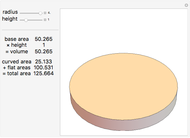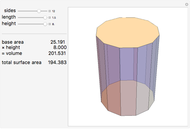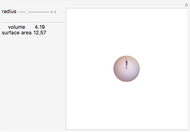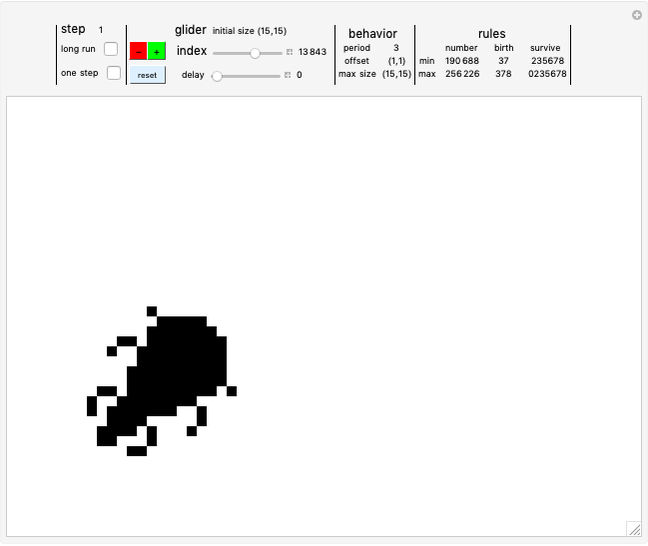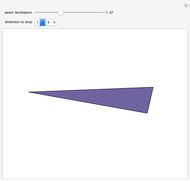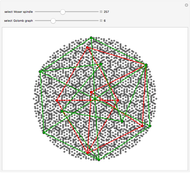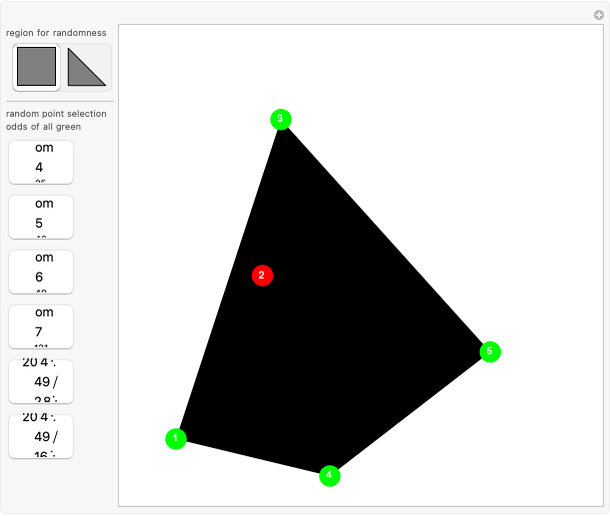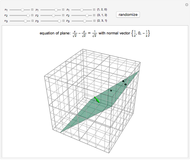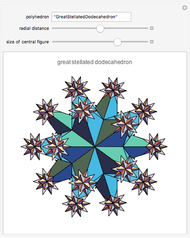A group consists of 32 golfers who want to play in groups of four for several days. Can they play for ten days, with no pair of golfers in the same group twice? (The reader may want to skip the next three paragraphs.)
In 1850, Reverend Thomas Kirkman sent a related query to the readers of a popular math magazine, Lady's and Gentleman's Diary: Fifteen young ladies in a school walk out three abreast for seven days in succession: it is required to arrange them daily, so that no two will walk twice abreast. Arthur Cayley and Jakob Steiner solved the problem. For groups of three, solutions are called either a resolvable Steiner triple system (RSTS) or a Kirkman triple system (KTS).
How about 18 golfers (A–I & a–i), playing in triples? Can they play for eight days? They cannot play for nine days, since each golfer can only meet 17 other golfers. In eight days, each golfer misses playing with one of the other golfers, so use 9 couples, Aa–Ii, with each golfer playing with everyone but their spouse. When it is not possible for all golfers to play with each other, and there are no repetitions, it is called a Kirkman packing design. Other names include: 3-resolvable group divisible design (3-RGDD) of type  , Oberwolfach problem
, Oberwolfach problem 
 ), and nearly Kirkman triple system NKTS(18).
), and nearly Kirkman triple system NKTS(18).
Can 16 golfers each play in foursomes for five days? This is sometimes called a resolvable Steiner quadruple system (RSQS). When 32 golfers play in foursomes for 10 days, that is a 4-RGDD (resolvable group divisible design) of type  . Solutions might instead be listed under a name containing the words block, frame, configuration, or parallel class.
. Solutions might instead be listed under a name containing the words block, frame, configuration, or parallel class.
What does the poor golf organizer do? These are incredibly difficult problems, even for mathematicians. Many are unsolved, and solutions that do exist are strangely named within math journals that are hard to obtain. The solutions often point back to earlier papers, which upon consultation end with "the construction is self-explanatory". For 8 groups of threesomes, that explanation did not help, so a near solution with foursomes on the last day is given.
Happily, many best-possible solutions are given here, for a variety of tournament schedules. Either select the schedule, or take a look at a graph that combines two days.
[less]











